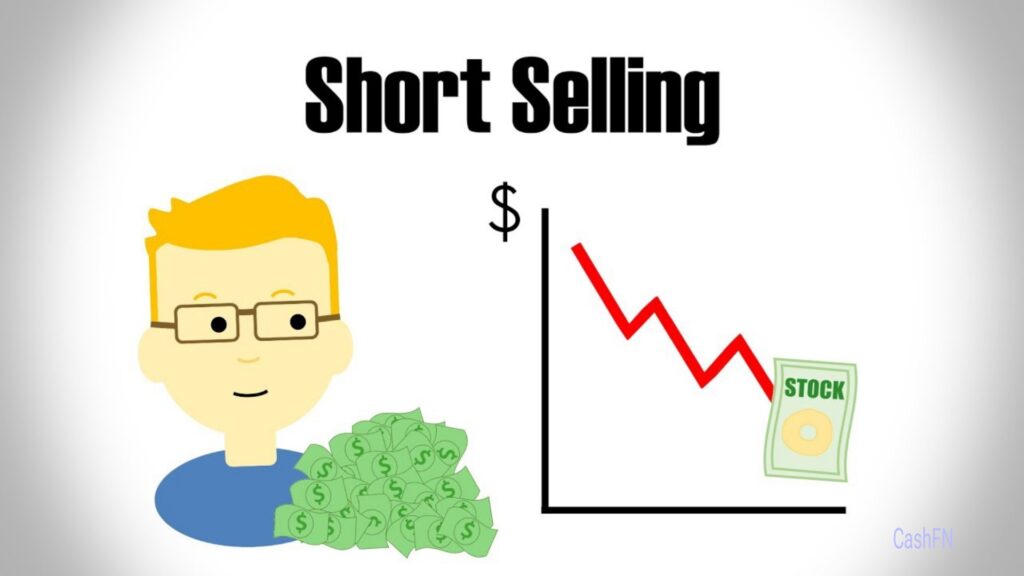One financial method that enables investors to profit from a drop in the price of a stock or other asset is short selling, often known as short trading. Every short seller should be aware of the special risks involved, even if it can yield substantial gains. The definition, methods, dangers, and advantages of short selling will all be covered in this article.

What is Short Selling?
A trading strategy known as “short selling” involves an investor borrowing shares of a stock that they think will lose value, selling them at the current market price, and then buying them back from the lender at a lower price. The short seller’s profit (or loss) is the difference between the selling and repurchase prices. As a good example, a short seller may borrow and sell Company X’s stock at $100 if they think the share price will fall to $80 eventually. They can buy it back for $80 if the price declines as expected, earning $20 per share.
How Short Selling Works
Borrowing Shares: A broker or other investor lends shares to the short seller.
Selling the Shares: At the present price, the borrowed shares are sold on the open market.
Repurchasing (Covering): Later on, the short seller buys back the shares, preferably for less.
Returning the Shares: The lender receives the returned shares.
Strategies for Short Selling
Thorough knowledge of market patterns and meticulous preparation are necessary for successful short selling. These are a few typical tactics:
Market analysis: Technical and fundamental research are frequently used by short sellers to spot overpriced companies or market patterns that point to a possible decline.
Event-Driven Shorting: Some short sellers concentrate on businesses that can experience unfavorable outcomes including missed profits, product recalls, or legal issues.
Hedging: Additionally, short selling can be used as a hedge against other investments, reducing the possibility of portfolio losses.
Sector or industry trends: Finding short trading opportunities can be aided by examining industries that might experience downturns as a result of competitive pressures, regulatory changes, or economic considerations.
Risks of Short Selling
Although short selling can be very profitable, there are a lot of risks involved:
Unlimited Loss Potential: A stock’s price can increase endlessly, therefore short sellers might theoretically lose as much as they want. This is in contrast to buying stocks, where the maximum loss is capped at the initial investment.
Timing risk: Short sellers may incur losses if the price of a stock rises momentarily and they are forced to cover their bets, even if the price of the stock later declines.
Margin requirements: Generally speaking, short selling necessitates a margin account, meaning the investor must keep a minimum balance. The broker might make a margin call, requiring more money, if the stock price increases.
Regulatory risk: Regulations governing short selling include prohibitions during volatile market times. Short trading techniques may be impacted by abrupt regulation changes.
Benefits of Short Selling
Short selling has a number of advantages despite the risks:
Market efficiency: Short sellers contribute to more accurate stock pricing by exposing corporate malfeasance and overpriced equities.
Profit in bear market: Even when prices are down, short selling gives investors the chance to profit from deteriorating markets.
Diversification and Hedging: When used as a hedge against possible losses in a bullish portfolio, short trading can diversify investment techniques.
